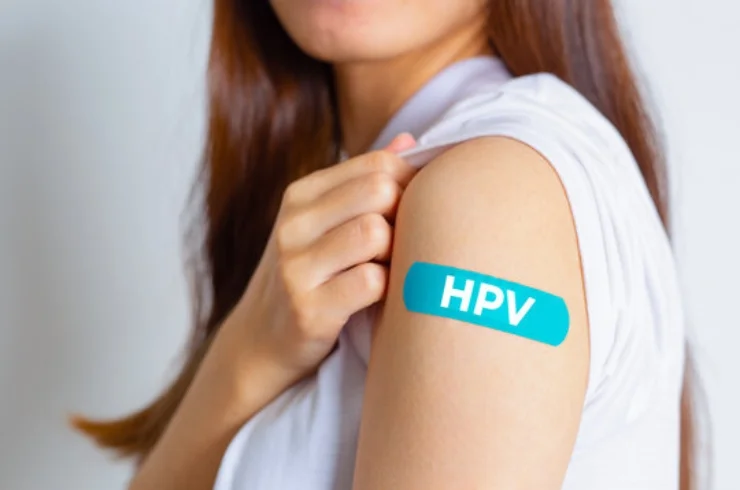HPV Vaccination

HPV (Human Papillomavirus) vaccination is a preventive measure to protect against infections caused by certain strains of HPV, which can lead to various cancers, including cervical, vulvar, vaginal, anal, and oropharyngeal cancers, as well as genital warts. HPV is a common sexually transmitted infection, and while most HPV infections resolve on their own, persistent infections with high-risk types can lead to cancer.
The HPV vaccine is designed to protect against the most high-risk HPV strains, such as types 16 and 18, which cause the majority of HPV-related cancers, as well as low-risk strains (such as types 6 and 11) that cause genital warts. There are several types of HPV vaccines, including:
- Gardasil: Protects against HPV types 6, 11, 16, and 18.
- Gardasil 9: Expands protection to include five additional high-risk HPV types (31, 33, 45, 52, and 58).
- Cervarix: Protects against HPV types 16 and 18.
The vaccine is most effective when given before exposure to HPV, typically recommended for preteens (ages 11-12), but it can also be given to older teens and young adults. The vaccination schedule generally consists of two or three doses, depending on the age at which the vaccine series begins.
The HPV vaccine has been shown to be safe and effective in preventing HPV-related cancers and genital warts. It is widely recommended by health organizations such as the World Health Organization (WHO) and the Centers for Disease Control and Prevention (CDC). Vaccination, along with regular screenings (such as Pap smears), is a key component of reducing the incidence of cervical and other HPV-related cancers.
